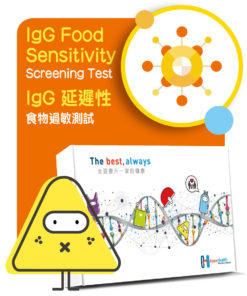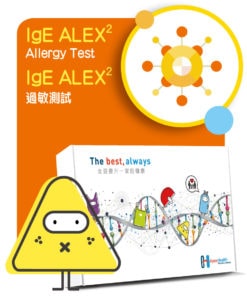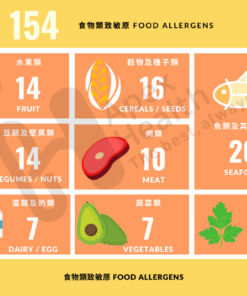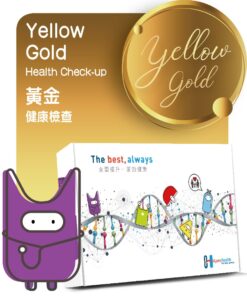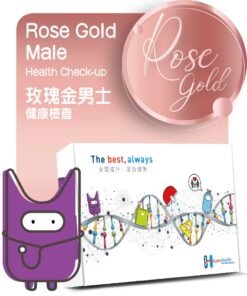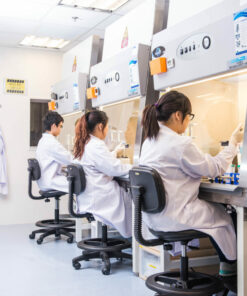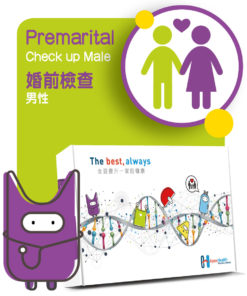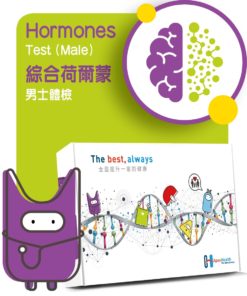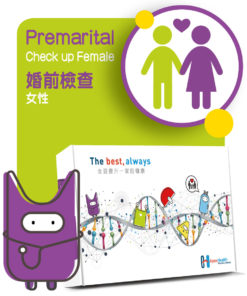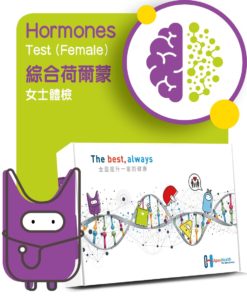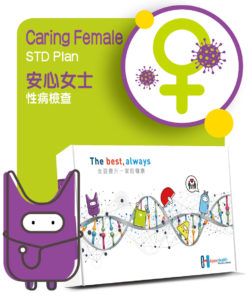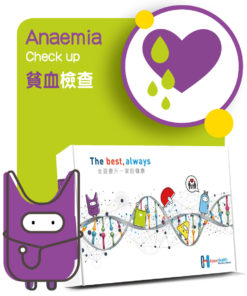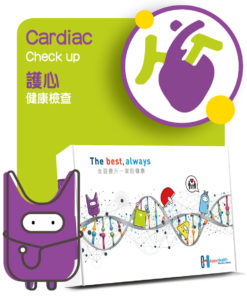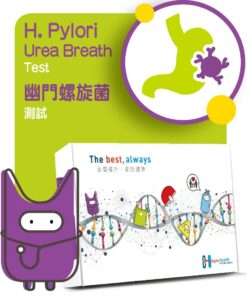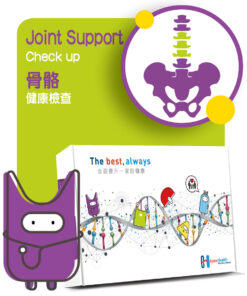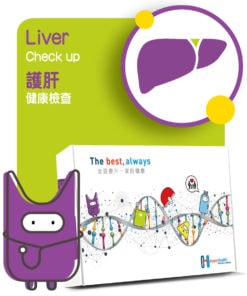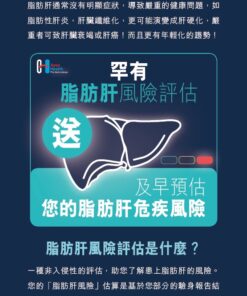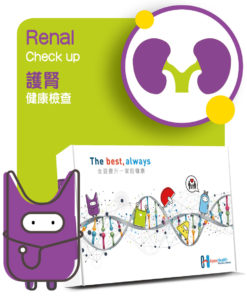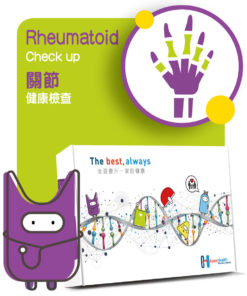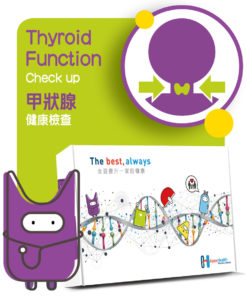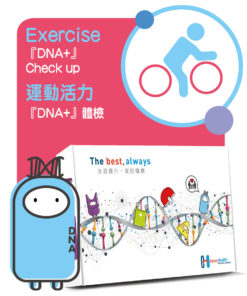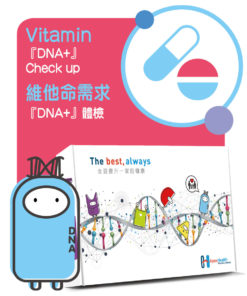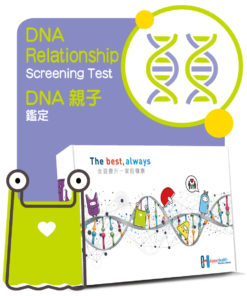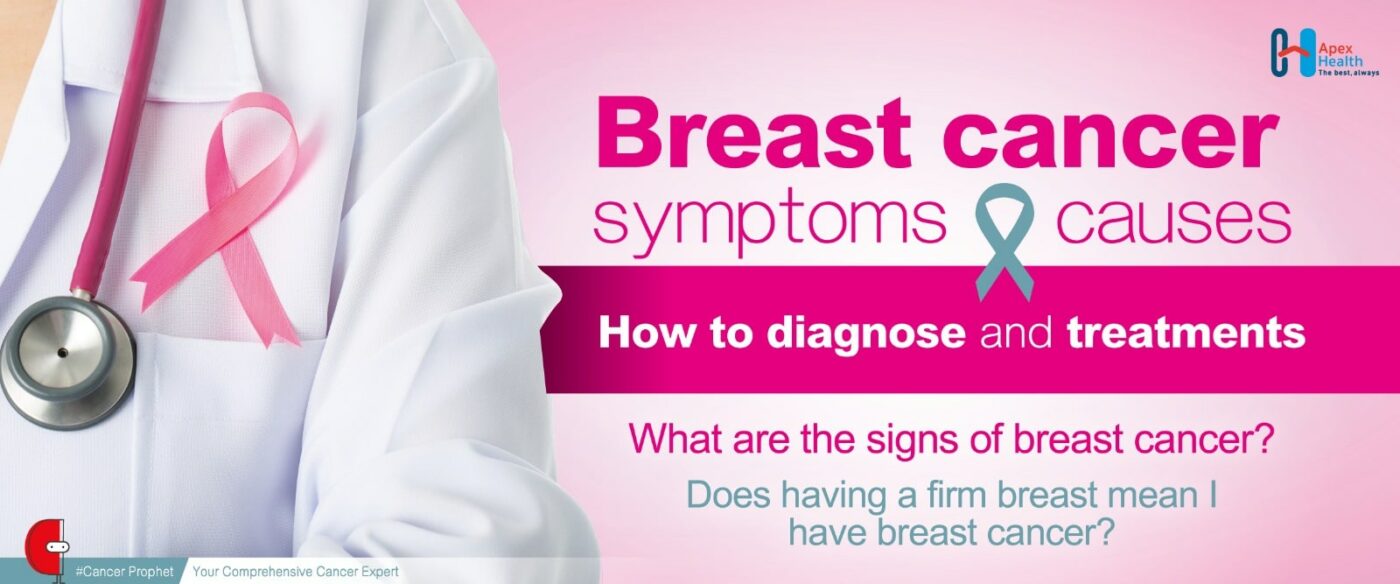The exact causes of breast cancer are fully unknown. However, several factors are likely to increase the risk of developing breast cancer. The causes of breast cancer can be categorized as either congenital or acquired. Approximately 5% to 10% of breast cancers are associated with inherited mutations in the BRCA1 and BRCA2 genes. Acquired causes can be influenced by hormones, unhealthy lifestyle habits, environmental factors, etc., which increase the risk of developing breast cancer.
High-risk women have any of the following:
- Have a family history of breast cancer (especially premenopausal cases)
- Family history of breast cancer, such as first-degree relatives (mother, sister or daughter) diagnosed with breast cancer before
- Have their first childbirth after the age of 30
- Have a history of ovarian or endometrial cancer before
- Consume alcohol
External environmental risks have any of the following:
- Irregular lifestyle habits
- Using oral contraceptive
- Receiving hormonal replacement therapy during menopause
- Regular smoking
 English
English
 English
English


